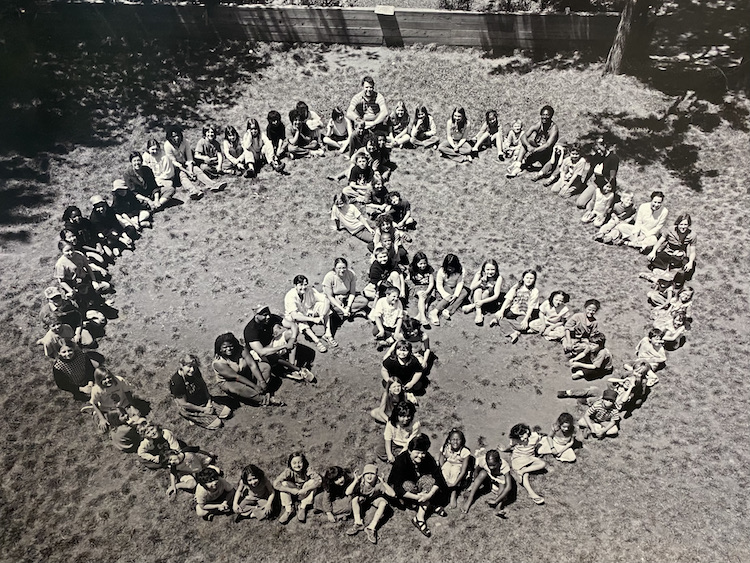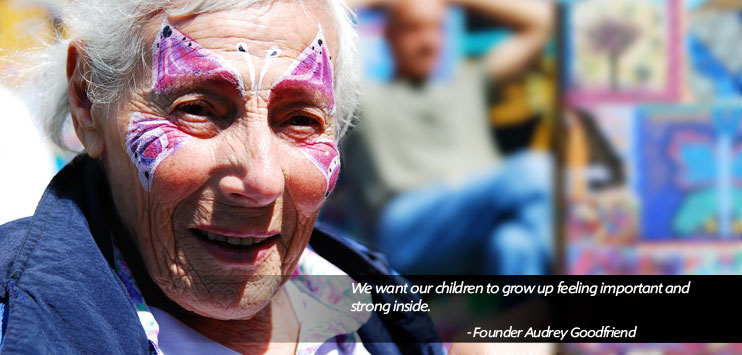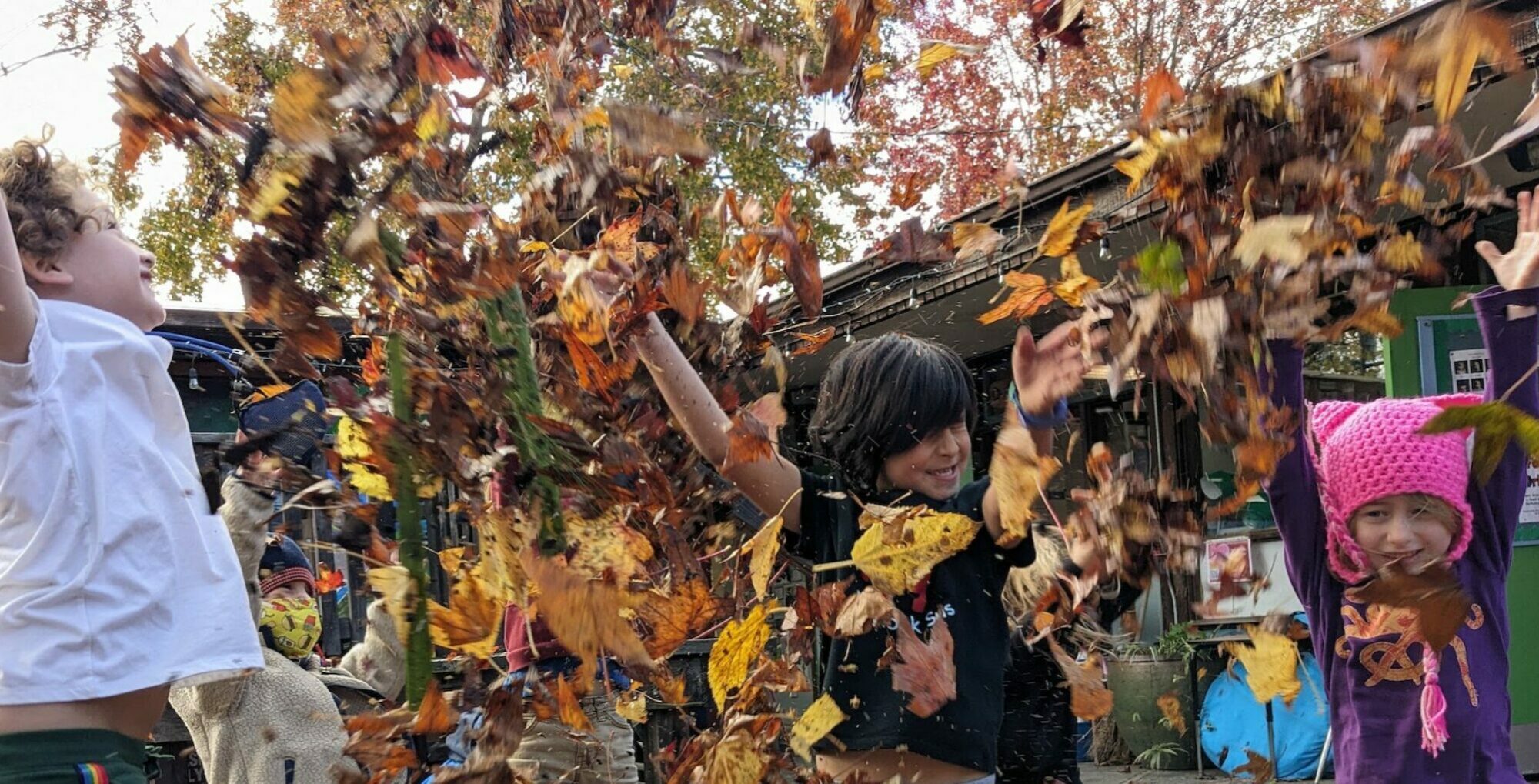Contact
Teachers and Staff
The Collective
Walden Foundation
Mission and Philosophy
History
Hiring
Testimonials

Walden was conceived during a time when freethinking and progressive values were hardly the societal norm. Walden’s founders found each other in the pacifist, anarchist, and libertarian communities of thought and action that were gaining momentum during and following the McCarthy era. Three of the men had actually met while imprisoned as conscientious objectors during World War II. As the founders began their families their philosophical thinking shifted to the intellectual and emotional development of children. In the spirit of Henry David Thoreau’s Walden, they sought to create a place apart—a place where their children and others could learn and thrive as independent and creative individuals, a place where the gentle revolution could take place.
1958 – 1968

The founding families began with a student body of twelve: their own children and the children of friends. This was a time of dynamic development and rapid expansion for Walden. Teachers went without pay in the first five years, and the families who joined the school community helped build and sustain the school with their own hands. This first decade was marked by significant political and social activism among the majority of families. The founders were united by their shared belief in the personal power and political importance of creative expression. Therefore, the arts—drama, music and visual art—have always been at the core of a Walden education.
1968 – 1978

By the second decade, Walden’s student population reached the capacity we have today, with between seventy-five and ninety students from year to year. Inspired activities like camping trips and community folk dances had grown to become beloved Walden traditions, and each new cohort of children entering the school brought vitality to the teaching and learning philosophies of the school. Arts remained central, but a heightened emphasis on group dynamics and self-determination among the children added a new dimension to the Walden experience. The curriculum was truly child-centered; a significant part of each child’s curriculum was an independent study project chosen by the student. Teachers acted as facilitators in supporting the learning goals each child set for themselves.
1978 – 1988
By this time, the majority of the founders had left direct involvement in Walden to serve on the Walden Foundation or engage in other pursuits, leaving the day-to-day operation, learning, and teaching to the newer generations of students, teachers, and families that had since made Walden their own. The era of war protest and social activism in which Walden was founded had also passed by this third decade, and the school’s identity was increasingly more distinguished by its founding focus on the arts, freedom of expression, and individualism. Teachers began to search for other meaningful ways for children to make connections in the broader community and have a positive impact on the world around them as they began to build community service into the curriculum. This decade also marked the advent of second-generation Walden families, when alumni began to send their own children to learn and grow in the community that had raised them.
1988 – 1998

Considered radical at the time of the school’s inception, the teaching and learning philosophies of Walden’s founders were increasingly recognized by leading experts in child development and teacher training as best practices: small class sizes, hands-on activities, a collaborative learning model, and authentic assessment came to be seen as essential to fully support learning for all children. Walden’s community could see the results as generations of Walden alumni went on (and go on) to great achievements in a broad spectrum of academic, artistic, and professional pursuits. Ecology and the environment advanced to the forefront of the public consciousness, affirming Walden’s founding ideal of harmony with the natural world.
1998 – 2008

Walden continued to be a place apart as educational standardization became a dominating fad. While teachers in many schools were “teaching to the test” more and more, Walden teachers continued to teach to the diverse learners in their classrooms. Walden held to its principles and continued to encourage creativity and personal expression, as well as the pursuit of meaningful experiences and progressive change. Walden kept the arts at the center of its curriculum while other educational institutions cut their art programs.
2008 – PRESENT

Increasingly, neurobiological, educational, and developmental research supports Walden’s model of teaching and learning: the importance of the arts, the role of joy, and the need to be respected as a learner. Just as Thoreau’s Walden served as a refuge for the treasure of his humanity, our Walden served, and continues to serve, as such for the treasures of its children, families, teachers, and friends. A true collective, our Walden belongs as much to the generation of visionary radicals who breathed life into it, as it does to the generations of community members who have sustained it since.

